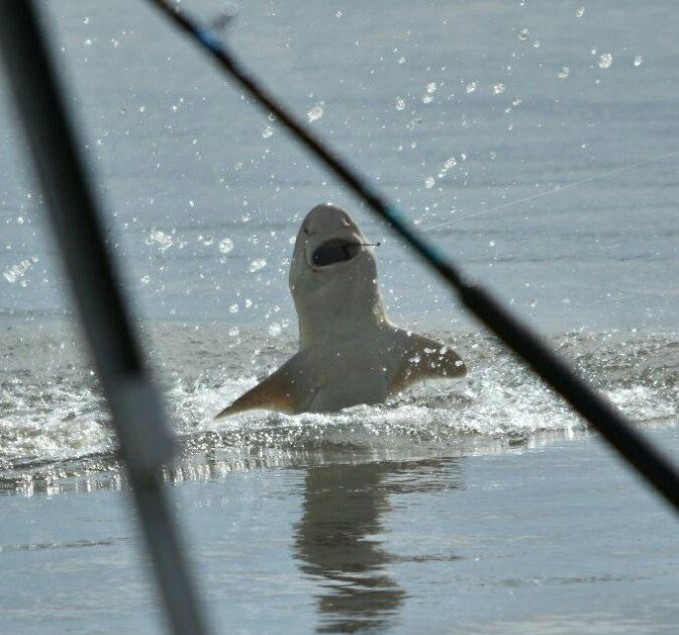
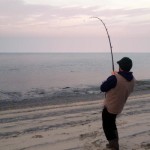 The Feel and Sound of the Fight
The Feel and Sound of the Fight
Over the years, I’ve been asked by both young and old, “How do you know what you have at the end of your line when the fish gets away”. Many times, this could be a challenging question if you are fishing unfamiliar waters or different regions of the country, but when you are surf fishing with the old “Bait and Wait” method in a familiar stretch of surf, it’s not as difficult as you can imagine.
The main key here is experience. There could be educated guesses, but when you fish this method at least once a week for over 20 years straight, you pretty much dial it in pretty darn fast. Many of the anglers on Prehistoric Soul are quite adept at calling the species and most can even call the fish just from the first bob of the rod when the fish/shark picks up the bait!
Quite simply, when you fish with a big chunk of bait in the surf out here, there are only a handful of fish that could take the bait. Even with big baits, you’ll get some miscellaneous fish like bass and eels, but they are even easy to call even before setting the hook. What it takes is observation of the rod tip when the strike happens and since we are mostly night fishing, listening and feeling everything that is going on around you since your vision is limited in the dark even with the headlamp.
All of these descriptions are on the long rod, so they might fight differently on short rods or paddled out baits on roller guide rods. I’m basing these descriptions on the type of fishing I do out here and can identify the type of fish by this method.
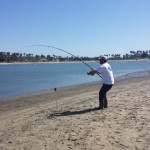 I’ll start with the smaller game that regularly takes big chunks of cut bait on the big rod.
I’ll start with the smaller game that regularly takes big chunks of cut bait on the big rod.
Calico or Sand Bass/Grass Rockfish: Machine gun style hit. Rod tip quickly bounces and there is little to no fight when reeling them in on a 14 foot rod set up for sharks.
Moray Eels/Lobster: Slow pull of the rod tip. Usually it retreats into his reefy den and you think you are snagged on the reef. With constant tight pressure on the line, you can usually pop him out and it feels like you are reeling in a ball of snot. No fight what-so-ever.
Shovelnose guitarfish: Slow tapping bite that makes big erratic runs if you set your drag a little loose. Otherwise could be initially confused with a leopard shark but will fight hard in the skinny water and you won’t see or hear of any tail slaps giving it away.
Bat Rays/Butterfly Rays: One or two medium bounces of the rod tip before the line loads up and the reel starts to scream. The smaller ones could be confusing as they feel like a number of fish out there, but the bigger bats have a rhythmic run where you can feel the wings pretty much flap. They run in all directions, but you never feel any tail slaps on your line and that pretty much is the dead give-away. Hard to turn, but once you do, you need to reel up fast as they usually maintain the same speed throughout the fight. You can also feel them flip over before they make a turn. Most guys fishing down here know right away when they hook a Bat Ray.
Leopard Shark: These can get confusing with the Soupfin Shark at times. They hit hard and make an initial screaming run. Usually no bounce in the line, but the rod just doubles over and the line starts screaming out. Very good initial run and you can feel the tails slaps. Unlike the Soupfin however, they usually turn in straight for shore and bum rush the beach as fast as they can as you are reeling as fast as you can. Once in the shallows, they give themselves up to be a Leopards shark. They are tougher to fight in the skinny water than out in the open but are great fighters. Just not usually a very long battle since they charge the beach after the initial run.
Soupfin Shark: About 50/50 seeing the rod bounce in the rod holder before the line starts tearing out. These guys will usually fight parallel to the shore and run you back and forth along the beach. They have big bursts of speed and usually you can hear them jumping/grey hounding in the distance. They rarely charge in or straight out, but usually run the direction of the shoreline over and over as you get him closer to the surf line. They are STRONG fighters and you can feel the tail slaps on the line, especially when they make a big burst of speed every time you think they are getting tired and giving up… nope….
Sevengill Shark: The easiest surf fish to identify. The rod tip usually gets a slight bounce, but nothing too obvious unless you are paying attention. Sometimes the line will just go slack and the rod tip never even bounces, but you need to be aware of this as the shark is swimming with the bait right at you. Once you’ve loaded up the line and set the hook (or reeled the circle hook tight), the shark will almost immediately come to the surface and start to thrash it’s tail at the surface making loud slaps on the water and trying to cut your line off. They are basically like reeling in a giant bag of water. Some runs for the charged up males, but usually just a slow and steady fight with a whole lot of weight. They are the toughest to control in the skinny water since they can turn into a figure 9 and bite the base of their tail and seem to wake up. Definitely the easiest fish to identify from the bite to the fight.
Giant Sea Bass (BSB): I’ve only caught/landed 9 from shore and 5 from the surf, even though I’ve lost about a dozen that I knew or was sure of. (The other 100+ have all been from the boat and don’t relate in any way on how hard they pull from shore.) One thing that every single one does is grab the bait and run straight out at a 90 degree angle. No bobs of the rod tip, just one bounce and the rod bends straight over and it starts screaming out to sea. You can feel the big fan tail hitting your line and the occasional HUGE head shake trying to spit the hook. Nothing and I mean nothing feels like a big bass in shallow water. They also don’t do any lateral movement. They run straight out and you fight them straight in. There literally is only a 5 degree movement to the north or south from where you set the hook and I don’t know why this is, but it happens every time. The bass won’t give in, but twists and thumps and bursts with speed when it can shake the hook. Even though I’ve never hooked a submarine before, I can only imagine this is exactly how it would feel.
Great White Shark: I’ve only hooked 4 and never landed one so I don’t have any definitive knowledge on the fight, but from what I’ve experienced, it was much different than the other shark species. Lots of 45 degree angles in the fight as it would switch from left to right and back again. They also tail thrash at the surface with that huge tail and you can hear/see a lot of splashing. Once their belly rubs on some of the sand in the shallower water, they freak out and make a lightyear speed burst straight out to sea. That’s what I’ve experienced with them, but can’t really elaborate, except that I know it is not one of the typical sharks at the end of my line and there is not a whole lot sharks that close in that it could be.
There are always outliers, but this is a general description of what the initial hit and fight of the most common bigger surf critters in SoCal will do. Hopefully it helps you start to identify with what is happening the next time you head out looking to land that surf monster!
Until next tide!



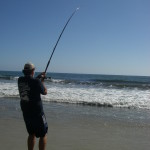




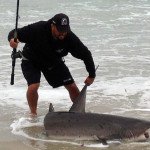


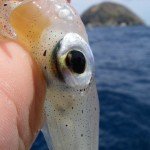
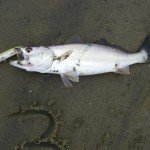
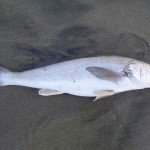

Most commented